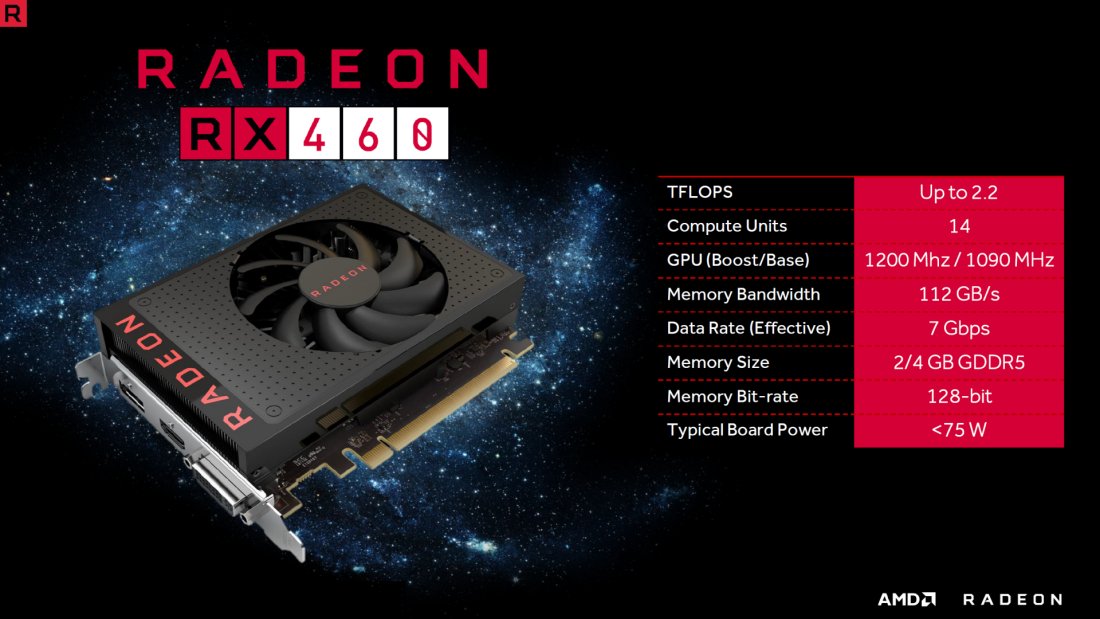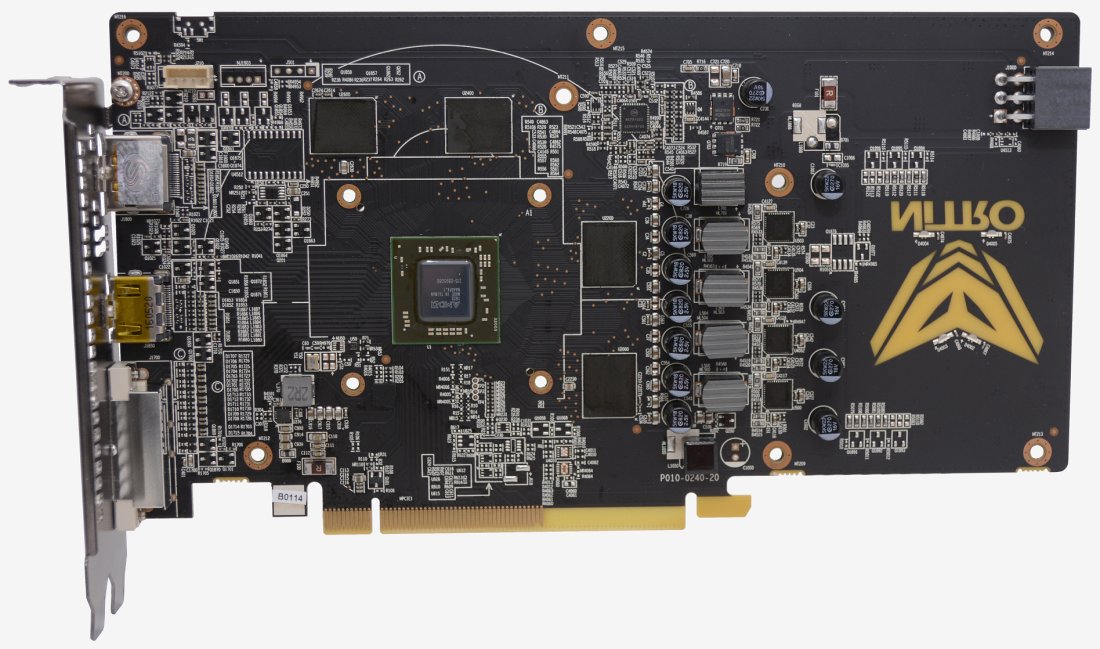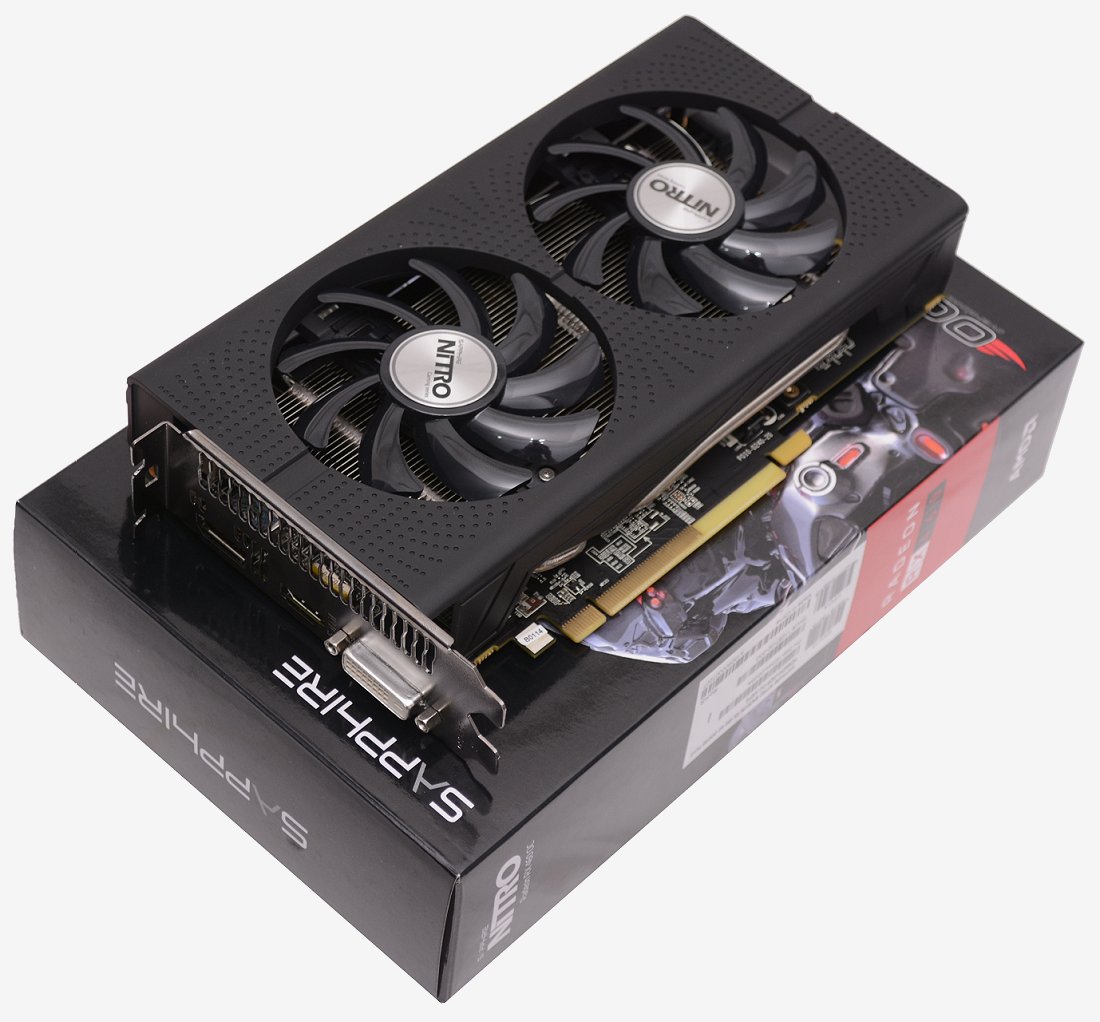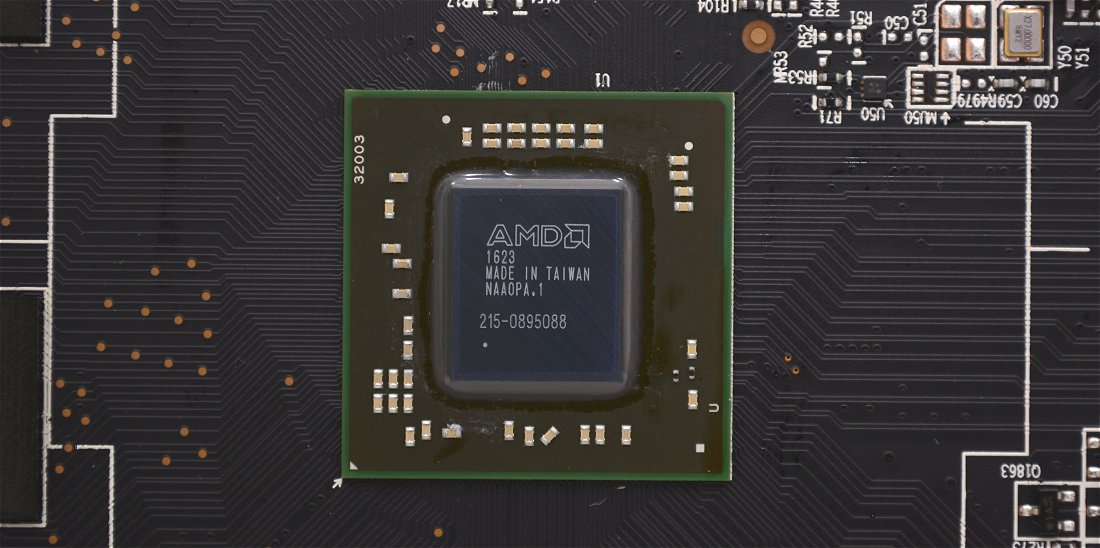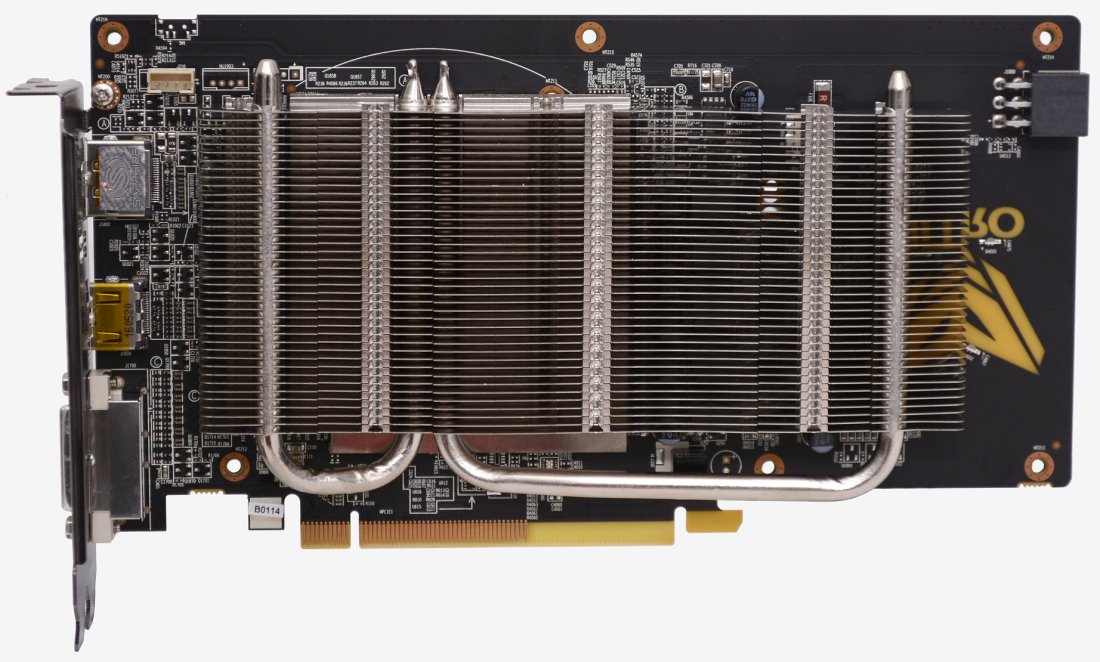We got our first look at AMD's cut-down Polaris 10 last week with the Radeon RX 470. With 11% fewer cores, a 5% lower operating frequency and an 18% reduction in memory frequency, the performance hit wasn't nearly as significant as we had anticipated. In fact, in our conclusion we called it "almost an RX 480."
Some reviewers have called the Radeon RX 470 pointless because a mere $20 more buys the 4GB RX 480, but we found that the 470 could be overclocked to match the 480. Additionally, the Asus RX 470 Strix card runs rather cool and quiet while we've yet to see custom RX 480 cards.
But nevermind all that... next in line is a Polaris 11 part that starts at only $109.
The new Radeon RX 460 is also being unveiled by board partners which means it should be available immediately. We have the Sapphire Nitro RX 460 OC 4GB on hand for testing, so let's discuss what AMD hopes to achieve with the RX 460 before we get to the benchmarks.
We knew going into this review that Polaris 11 would be much smaller than Polaris 10, which is a bit confusing given the naming scheme. Products based on the Polaris 11 die will also be turning up in ultra-portable devices as the power draw is expected to be very low and we'll look at that shortly.
On the desktop, AMD hopes to capture the entry level eSports market by providing acceptable 1080p performance in titles such as CS:GO, Dota 2, League of Legends, Overwatch and Rocket League, for example.
Typically, gamers on a budget have turned to cost effective options such as the GTX 950 and R7 370. Both cost well under $200 with the GTX 950 starting at $160 and the R7 370 at just $150. It's believed that AMD is targeting a similar level of performance for the RX 460 but at an even more attractive price point.
Keeping that in mind and our expectations in check, let's move on to check out this new GPU in greater detail...
Sapphire Nitro RX 460 OC 4GB
Polaris 11 is another GCN 4th generation architecture built using the 14nm process. As an itty bitty GPU, you wouldn't expect the graphics card itself to be very large. AMD's reference card is quite small at just 150mm long, which isn't much longer than the distance from the I/O end of the card to the back of the PCIe connector, it's a baby-sized graphics card.
The reference card is coupled with an equally small cooler so you can safely assume it runs hot and generates a good bit of noise. This is where our custom unit should excel though to my surprise Sapphire stuffed a surprisingly large graphics card in the box – one that looks similar to their RX 470 and RX 480 Nitro models...
Measuring 220mm long, it's over 40% longer than the AMD reference and given Sapphire's oversized PCB, the card stands 122mm tall.
Under the cooler, the RX 460 GPU is connected to 4GB of GDDR5 memory clocked at 1700MHz for a data rate of 7Gbps. Interestingly, the memory interface has been reduced to 128-bit wide which has slashed the bandwidth to just 112GB/s, a 47% reduction from the RX 470 and in fact this is even less bandwidth than the R7 370 has to play with by quite a large margin.
Compared to the R7 370, the RX 460 also has 13% fewer cores, packing 896 SPUs along with 56 TMUs and 16 ROPs. This is a massive 56% cut in core configuration over the RX 470, so we are expecting a huge drop in performance here.
Compared to previous generation AMD GPUs, the saving grace for the RX 460 is that it can operate at up to 1.2GHz and should never drop below 1.09GHz when gaming. That's up to a 23% frequency boost over the R7 370 which should help make up for having 13% less cores.
Sapphire has factory "overclocked" its Nitro RX 460 OC 4GB to a boost frequency of 1250MHz, a mere 4% overclock. But for the purpose of testing we have clocked the card back to 1200MHz for a fair comparison with the rest of our reference-clocked lineup.
The AMD RX 460 reference card features a single HDMI output, DisplayPort output and dual-link DVI output, and this same configuration is found on the Sapphire Nitro. At the opposite end we also find a single 6-pin PCIe power connector which will provide this RX 460 graphics card with more than enough power.



